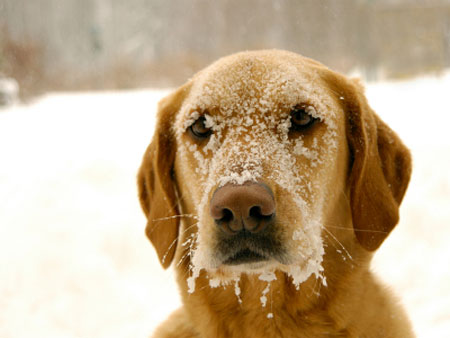
There are many people in our modern world who love animals. We enjoy their companionship and value their friendship. We marvel at their skills and appreciate how they improve the quality of our lives. We cannot imagine life without them.
We sing about them, we read and write about them, we study them, and we strive to better understand them. We have quite a wonderful relationship with them. They are very much a part of our lives and have been so, for a very long time. Not much wonder then, is it, that they are important participants in, The Christmas Story. Think about the Nativity Scene that is such a familiar part of Christian celebrations around the birth of Jesus. Animals are very much a part of that scene. I thought it might be interesting to think a bit about those animals gathered around the manger in Bethlehem over 2000 years ago.

Camels were there and for those of us living in this part of the world they are surely one of the more exotic and interesting species present. We are told they brought wise men from the east bringing gifts of gold, frankincense and myrrh for the baby Jesus. In fact, it is thought that camels were first domesticated by frankincense traders many thousands of years ago. Camels were used by these traders to make the long arduous journey from southern Arabia to the northern regions of the Middle East. Later they went on to become the desert dweller’s primary source of transport, shade, milk, meat, wool and hides.

The camels in the Holy Land would have been one-humped camels, sometimes called dromedaries. Dromedaries were domesticated and began their close relationship with humans about 5000 years ago or about 3000 years before they appeared in the Nativity.

Another animal always pictured in the stable in Bethlehem is the donkey. A donkey, also known as an ass, is a close relative of the horse and zebra. Donkeys are probably derived from two wild species of ass each native to Africa. They are more sure-footed than the horse. They live longer and they are more tolerant of hot arid environments than their larger equine cousins. The ass was domesticated by the Egyptians about 3000 BC. Therefore, like camels, they had a well established and long relationship with humans at the time of Jesus’ birth.

The Bible reports the Holy infant lay in a manger. It was probably a cow’s manger. Cattle are always depicted as animals present in the stable where Mary and Joseph found lodging. The cattle were probably members of the Anatolian Black breed. They are brown-black to dark gray coloured, shorthorned cattle that have been present in Asia Minor since the Hittite period over 4000 years ago. They are hardy, disease resistant, tolerant of a meager diet and adverse climate and are used as a work animal and cows provide milk. Remains of domesticated cattle dating to 6500 BC have been found in Turkey and other sites in the Near East. Cattle had been important friends for some time before the event in discusssion.

Finally, in every crèche, there are sheep, accompanying their shepherd. Today, there are well over 250 different breeds of sheep in the world. We cannot know, for certain, the breed of sheep present those many years ago, but, it could have been they were Jacob sheep. Jacob sheep are a primitive, domestic, multi-horned, black or lilac sheep with white spots (piebald). The Biblical story of Jacob’s striving to achieve spotted sheep and goats is thought to be the earliest record of selective breeding of animals. Sheep were among the first domesticated animals, tamed from wild species by hunter-gatherers, about 9000 years ago. We would want sheep to be with us, at such an important moment for humankind, as the birth of baby Jesus.

Well, there you have them, the animals of the Nativity, gathered with their human friends, with whom they have had such a long fruitful relationship, to celebrate the birth of a Saviour. However, I believe, there must have been at least two more kinds of animal in that gathering. Somewhere nearby, calmly observing the event, probably stretched out on a beam overhead, was a cat. Cats, you see, were likely derived from Felis silvestris libyca, a subspecies of the African wildcat, and they began living with us between 6,000 and 10,000 years ago.

Finally, on such an occasion, there surely would have been a dog – interested, attentive and excited to be there. Remains of domesticated dogs have been found in a cave in Iraq that dates to 12,000 years before the present. Remains of domestic dogs have been found at other sites dating 10,000-15,000 years ago. For the past 6500 years dogs have been found everywhere that humans have been found. Our “best friend” and earliest animal companion, with us for over 10,000 years at that time, would have been with the worshippers in Bethlehem.





















